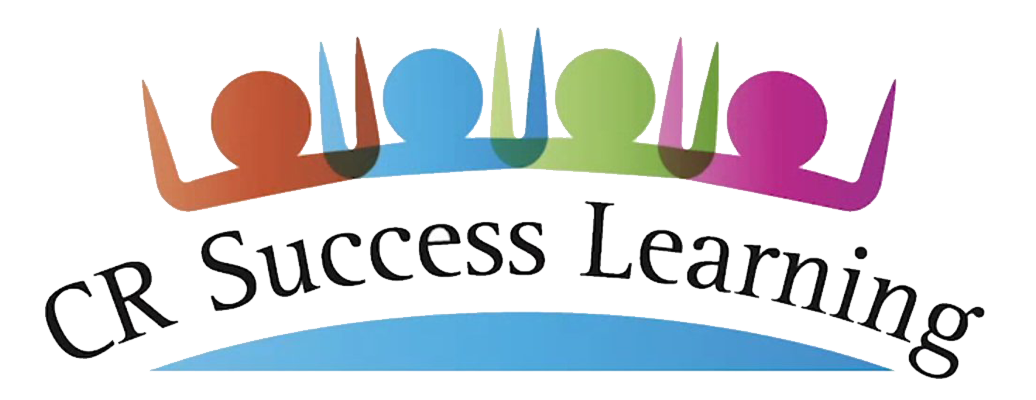📌 Assessment Part 3: Teacher Tips
How to Involve Students in Their Own Literacy Assessment
Student-centered assessment actively involves the students both in their own learning and in the assessment of their learning. This approach deepens students’ engagement in the lessons and develops their critical thinking skills.
Read on for 3 ways to put Student-Centered Assessment into action.
1) My Tool Belt: Exit Tickets with Feedback
This simple tip is complements of Sandie Yamamoto, a wonderful literacy coach and teacher in Colorado. Below is a drawing of Sandi's classroom. Using a tool belt and some stickies is a clever way to wrap up a lesson and involve students in assessing their own learning. At the same time, it will give you quick, usable data.
Step 1: Set the Goal
At the start of the lesson, tell students exactly what they’ll be learning and what they’ll be able to do. For example, consider a lesson on Walkers ai and ay, teaching the best spelling for long /A/ before l, n (ay), and at the end of words (ay).
Teacher: “Today, we’re learning how to spell long A words using ai and ay. You’ll know when to use each by the end of the lesson.”
Step 2: Teach the Lesson
Step 3: Use Exit Tickets and a Tool belt for Self-Assessment
As students wrap up the lesson, give each one a sticky note. This is their ‘exit ticket.’ Ask them to write their name and respond to a short prompt based on the day’s lesson.
Here’s how that could look by grade level:
After checking for accuracy, students self-assess by placing their ‘exit tickets’ in a tool belt that hangs by the door.
🛠️ One pocket has a plastic hammer.
“I’ve hammered my learning down.”
📏 Another pocket has a measuring tape.
“I have a little way to go.”
🎯 The third pocket contains a roll of masking tape.
“My learning hasn’t stuck yet.”
Why This Works: This routine makes assessment part of the learning process, not a separate event. By reflecting on their own understanding, students develop metacognitive awareness. They begin to recognize what they’ve mastered and what still needs work. The sticky note keeps things simple for teachers to scan, while the tool belt pockets provide a visual, student-friendly way to self-assess. It reinforces the idea that learning is a process, and that it’s okay to be in progress.
2. Teach and Switch
This is a quick, one-to-three-minute activity. Students work in pairs. After we teach a key concept, we say, “Teach and Switch!” The first partner teaches the concept, using the vocabulary, story language, and gestures that we used. Then, the students switch and the other partner teaches the concept.
Why This Works: This technique is adopted from Whole Brain Learning. We know teaching a concept to another person fully engages the brain and requires the student to verbalize what they have learned. Students become aware of what they know and what they might still need support to understand.
3. I Read with My Teacher!
After listening to a student read, the teacher fills out a conference sheet with the student. Here is an example at the kindergarten level.
During one-on-one reading time, the teacher gives the student specific, targeted feedback on key reading behaviors. These might include voice-print match, decoding VC and CVC words, reading high-frequency T.R.I.C.K.y words, self-correcting, fluency (smooth reading with expression), and comprehension. If a student misreads a word, the teacher can gently prompt correction, covering the word and saying:
“You read _____. Is that what you see? Let’s use your sliding finger to say the sounds and try again.”
Why This Works: This kind of interaction gives students immediate, personalized feedback that affirms their strengths and identifies specific next steps. It reinforces the connection between what they see, say, and understand and builds stronger decoding and self-monitoring skills. Because the teacher is present and responsive in the moment, it helps the student feel supported rather than evaluated, which encourages growth and confidence in reading.
Wrapping up: These three tips (My Tool Belt w/ Exit Tickets, Teach and Switch, and I Read with My Teacher) offer practical ways to integrate assessment into daily instruction. Each one supports real-time feedback, student reflection, and stronger literacy growth.
Next up: In the final post of this series on Assessment, we’ll review the topic, pull it all together, discuss why this matters now, show what’s within your reach. Ready to take the Next Step?





